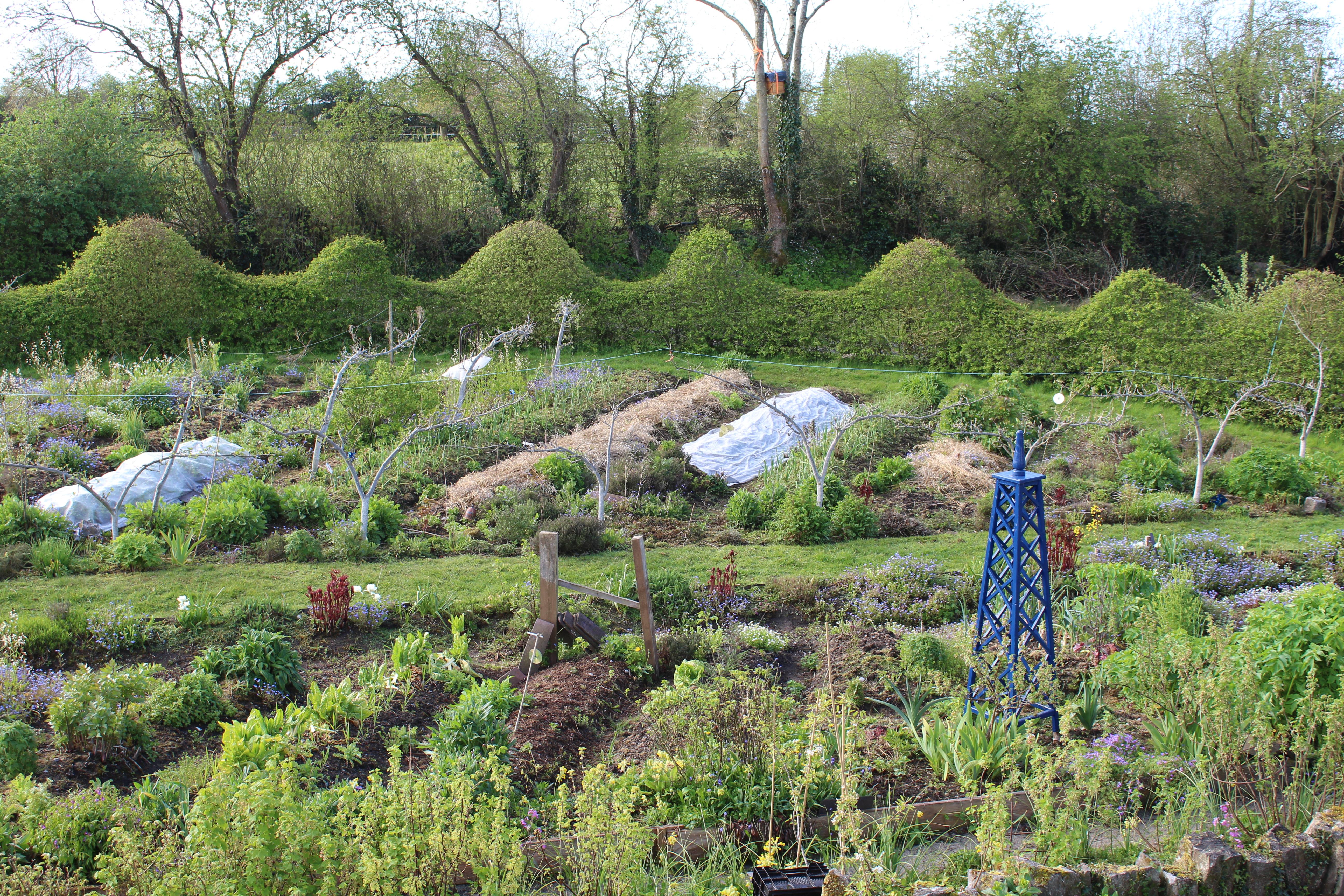Lazy but efficient vegetable bed
From September to November, the soil is still workable, making it an excellent time to create lazy beds. Lazy beds have several advantages, chiefly that you never need to step on them. Stepping on soil leads to compaction, which can significantly harm soil health, resulting in poor yields. By planting your crops in staggered rows on these beds, you can grow up to four times more vegetables compared to planting on flat ground. The double slopes of the lazy beds also facilitate drainage and maximize sun exposure, which is especially beneficial for root crops.
Additionally, this system is gentle on your back and eliminates the need for timber on the sides. The process is straightforward: mark the beds at 3 to 4-foot intervals using a string, along with the pathways. Ensure that the beds are oriented north-south to receive equal sunlight. Begin by loosening the beds with a garden fork. Then, using a shovel, build the beds by transferring the topsoil from the pathways onto the two beds on either side. It's generally easier to start with ground that has already been tilled or loosen-up.
From the pathway, you should be able to reach the middle of the bed without straining your back. This simple technique will greatly benefit your gardening efforts.
